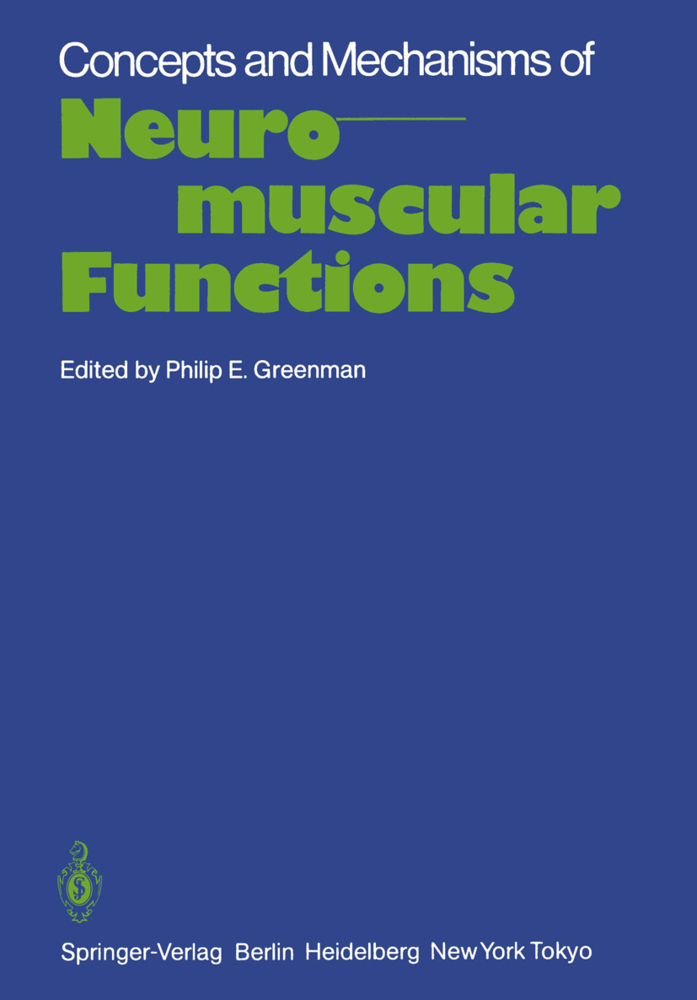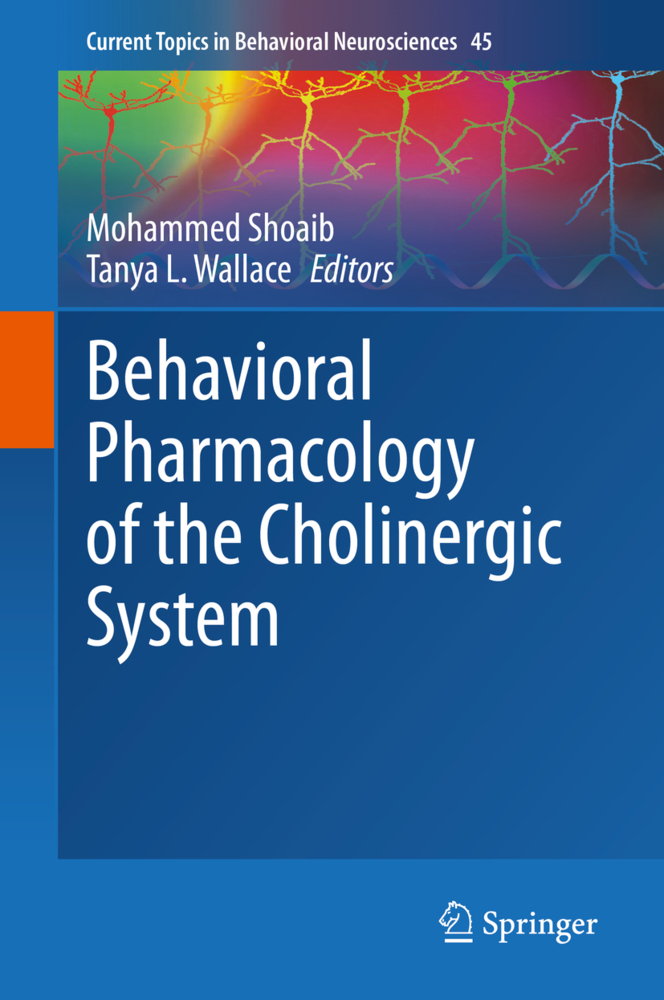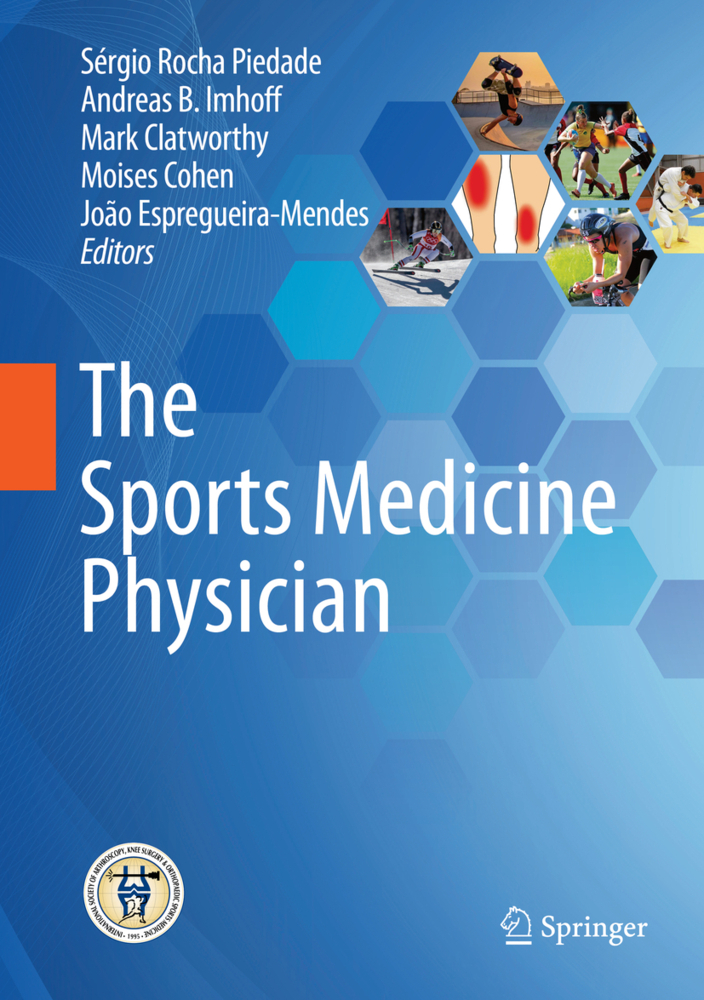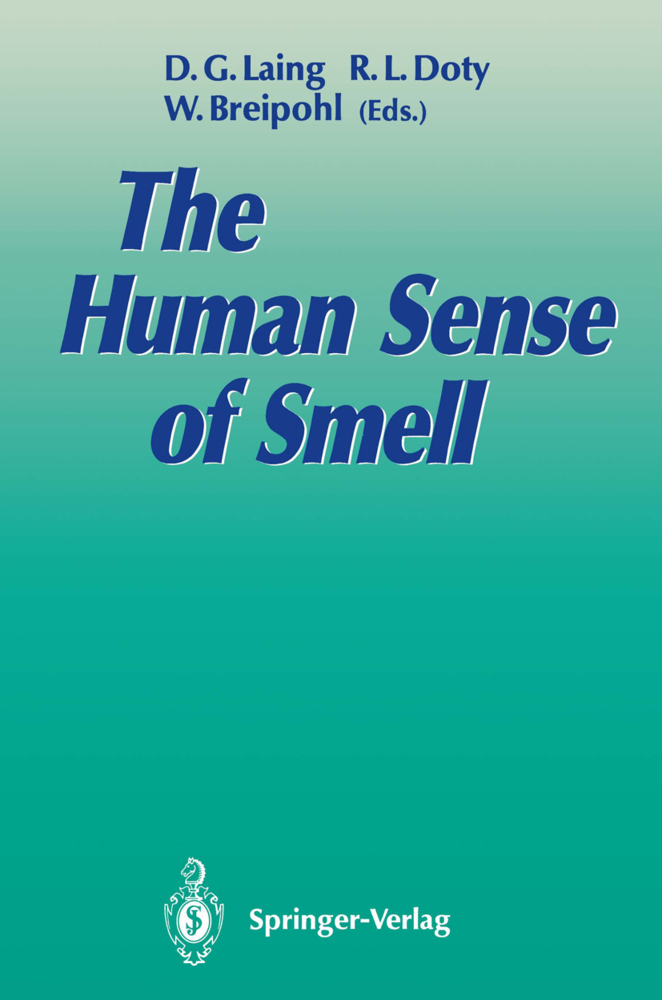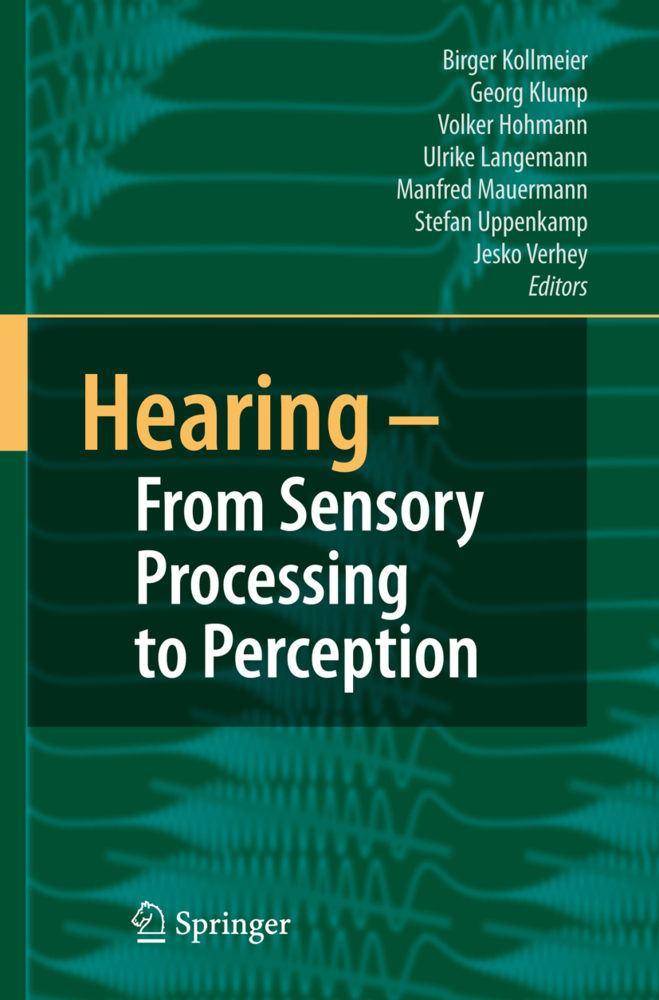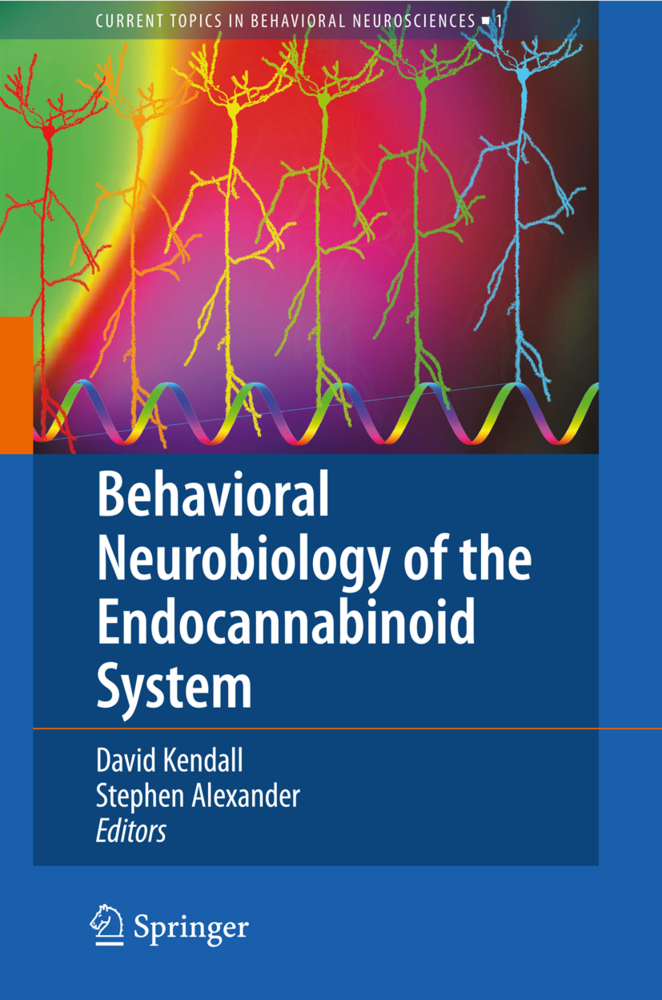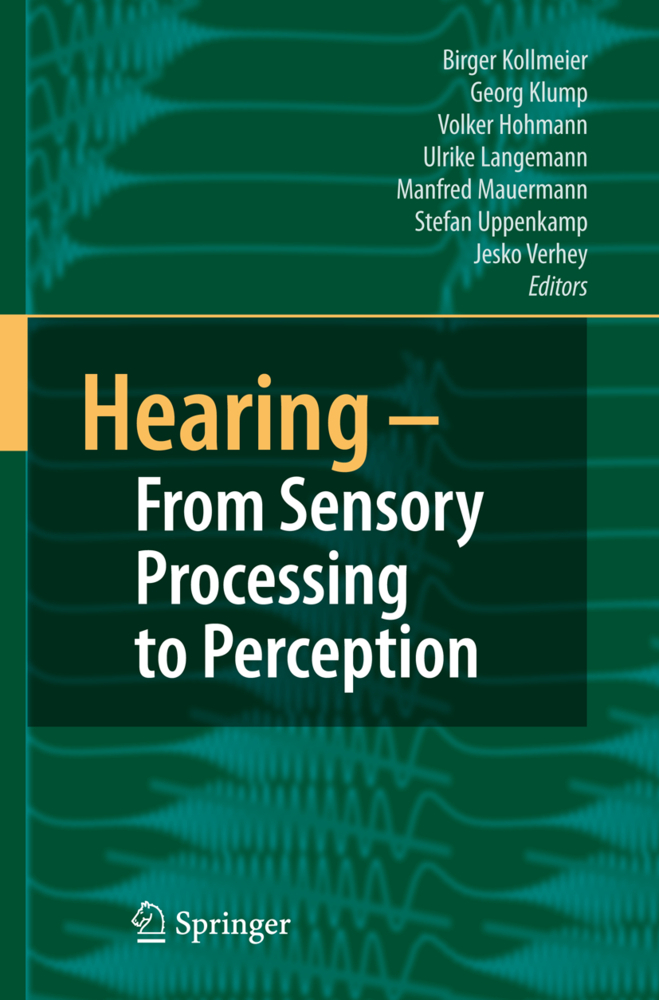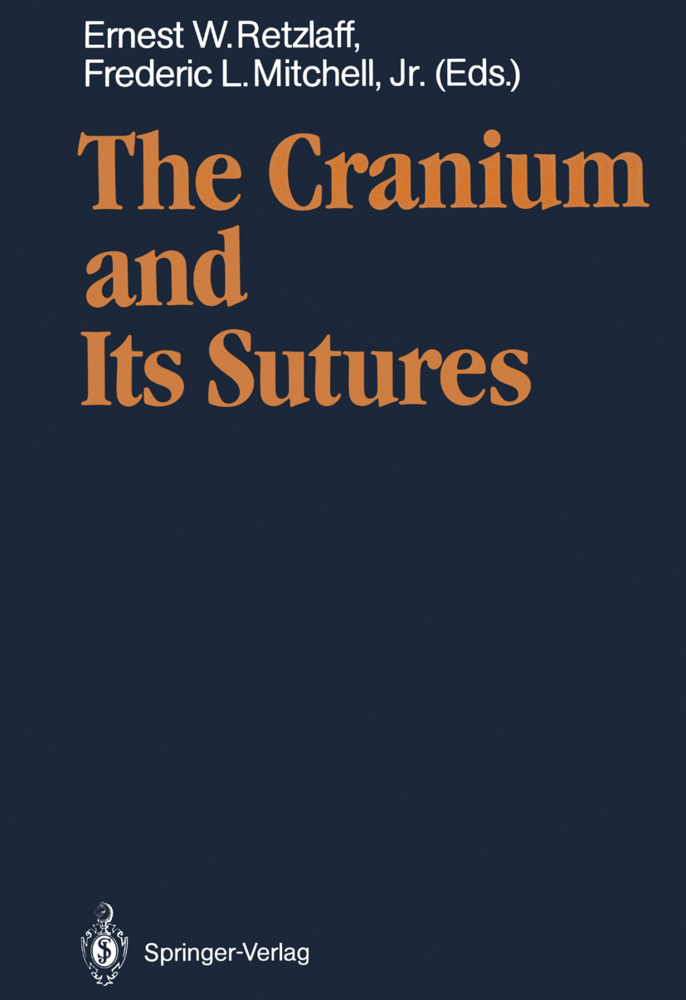Concepts and Mechanisms of Neuromuscular Functions
An International Conference on Concepts and Mechanisms of Neuromuscular Functions
Concepts and Mechanisms of Neuromuscular Functions
An International Conference on Concepts and Mechanisms of Neuromuscular Functions
Manipulation as a treatment modality dates at least to the time of Hippocrates, (Schiotz and Cyriax, 1975). It has continued to be used intermittantly thereaft er. In the late nineteenth century manipulation became a fundamental part of a new school of medicine founded by Andrew Taylor Still, M. D. (Northup, 1966). Osteopathy was presented to the medical world in 1874, and the first for mal education began in 1892 in Kirksville, Missouri. Another school of prac tice, chiropractic, was founded in 1896 by D. D. Palmer in Davenport, Iowa (Janse, 1975). While both of these new professions utilized structural diagnosis and manipulative therapy, osteopathic medicine sought to incorporate these di agnostic and therapeutic tools within the practice of medicine and surgery, while chiropractic limited its practice to spinal analysis and adjustment. Orthodox medicine has also had its advocates for the use of manipulation (Mennell, James, 1948; Mennell, John, 1964; Cyriax, 1978; Maigne, 1972; Bourdillon, 1973). In the mid 20th century formalized organizations of individ uals interested in manipulation were formed throughout the world. The Inter national Federation of Manual Medicine, a confederation of associations of manual medicine from 20 countries, holds an international congress every three years. The North American Academy of Manipulative Medicine was founded in the early 1960s and sponsors conferences and conventions through out the United States and Canada.
The Respiratory-Circulatory Model: Concepts and Applications
Biomechanics Modeling and Concepts
Human Behavior: The Influence of Perceptions on Neuromuscular Problem Solving
Stereoradiographic Measurement and Analysis of Three-Dimensional Body Movement
Mechanical Behavior of Connective Tissue
Kinematic and Myoelectric Analysis of Symmetric and Asymmetric Cervical Function
Structural and Functional Concepts of Cranio-Sacral Mechanisms
The Cranio-Sacral System: Clinical Applications and Research
Somatic Dysfunction: Palpable Findings and Conceptual Models
Structural Diagnosis and Manipulative Management of Patients with Chronic Obstructive Pulmonary Disease: Development of a Model Protocol
Randomized Clinical Trials in the Validation of Cervical and Lumbar Manipulation
Peripheral Sensory Problems
The Theory of Joint Play: Distance and Coherence
Diagnosis and Treatment of Pelvic Girdle Lesions.
Hyperactivity of Sympathetic Innervation: A Common Factor in Disease
Pain Physiology as a Neurological Model for ManipulationThe Respiratory-Circulatory Model: Concepts and Applications
Biomechanics Modeling and Concepts
Human Behavior: The Influence of Perceptions on Neuromuscular Problem Solving
Stereoradiographic Measurement and Analysis of Three-Dimensional Body Movement
Mechanical Behavior of Connective Tissue
Kinematic and Myoelectric Analysis of Symmetric and Asymmetric Cervical Function
Structural and Functional Concepts of Cranio-Sacral Mechanisms
The Cranio-Sacral System: Clinical Applications and Research
Somatic Dysfunction: Palpable Findings and Conceptual Models
Structural Diagnosis and Manipulative Management of Patients with Chronic Obstructive Pulmonary Disease: Development of a Model Protocol
Randomized Clinical Trials in the Validation of Cervical and Lumbar Manipulation
Peripheral Sensory Problems
The Theory of Joint Play: Distance and Coherence
Diagnosis and Treatment of Pelvic Girdle Lesions.
Greenman, P. E.
| ISBN | 978-3-540-13470-1 |
|---|---|
| Artikelnummer | 9783540134701 |
| Medientyp | Buch |
| Copyrightjahr | 1984 |
| Verlag | Springer, Berlin |
| Umfang | XII, 123 Seiten |
| Abbildungen | XII, 123 p. 5 illus. |
| Sprache | Englisch |

